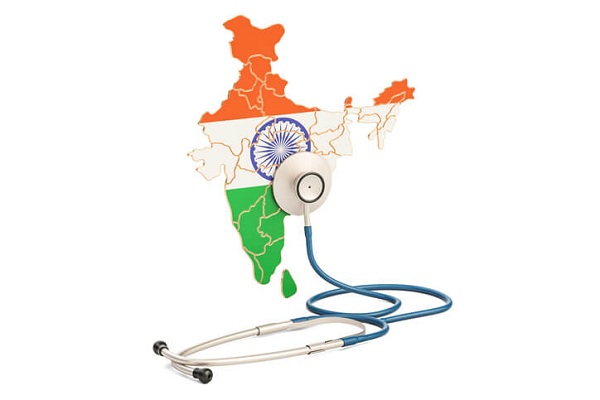According to WHO, “SARS was the first severe and readily transmissible new disease to emerge in the 21st century and showed a clear capacity to spread along the routes of international air travel. Most patients identified with SARS were previously healthy adults aged 25–70 years. A few suspected cases of SARS have been reported among children under 15 years. The case fatality among persons with illness meeting the current WHO case definition for probable and suspected cases of SARS is around 3%.”
The virus causing SARS takes over the cells of the body and multiplies it. Both SARS and COVID-19 are caused by coronaviruses, which is a diverse family of viruses. SARS-CoV is the virus that causes SARS. The virus that causes COVID-19 is known as SARS-CoV-2. Just like COVID-19, SARS can spread through coughing and sneezing or touching something which is infected by the virus and then touching the nose, eyes or mouth thereafter.
SARS Symptoms
- Chills
- Fever over 100.4 F or 38 C
- Muscle aches
- Chest pain
- Headache
- Difficulty in breathing
- Diarrhea
SARS effects
It causes dry cough that may occur after 2 to 7 days of the illness. It can also cause a shortage of oxygen in the body. If one is affected severely then he/she may require oxygen cylinders or oxygen concentrators for breathing properly. SARS can lead to health complications like pneumonia, liver failure, heart failure especially in people with ongoing health ailments like diabetes and hepatitis.
SARS prevention measures
The prevention measures are similar to the COVID-19 prevention measures that we have been taking:
- Washing of hands
- Use of sanitizers
- Avoid touching eyes, nose, mouth
- Use of disposable gloves
- Wiping of surfaces with disinfectants
- Use of mask
According to WHO guidelines there should be “quarantine of suspected contacts for 10 days, and exit screening for outgoing passengers from areas with recent local transmission by asking questions and temperature measurement and disinfection of aircraft and cruise vessels having SARS cases on board using WHO guidelines,”
.jpg)
 Severe acute respiratory syndrome (SARS) is a viral infection that can cause deadly illness with flu-like symptoms. It was the year 2003 when SARS came into extensive world attention due to its outbreak. It had spread to many countries at that time, killing hundreds of people and leaving thousands of people sick.
Severe acute respiratory syndrome (SARS) is a viral infection that can cause deadly illness with flu-like symptoms. It was the year 2003 when SARS came into extensive world attention due to its outbreak. It had spread to many countries at that time, killing hundreds of people and leaving thousands of people sick.









.jpeg)







.jpeg)

.jpg)










